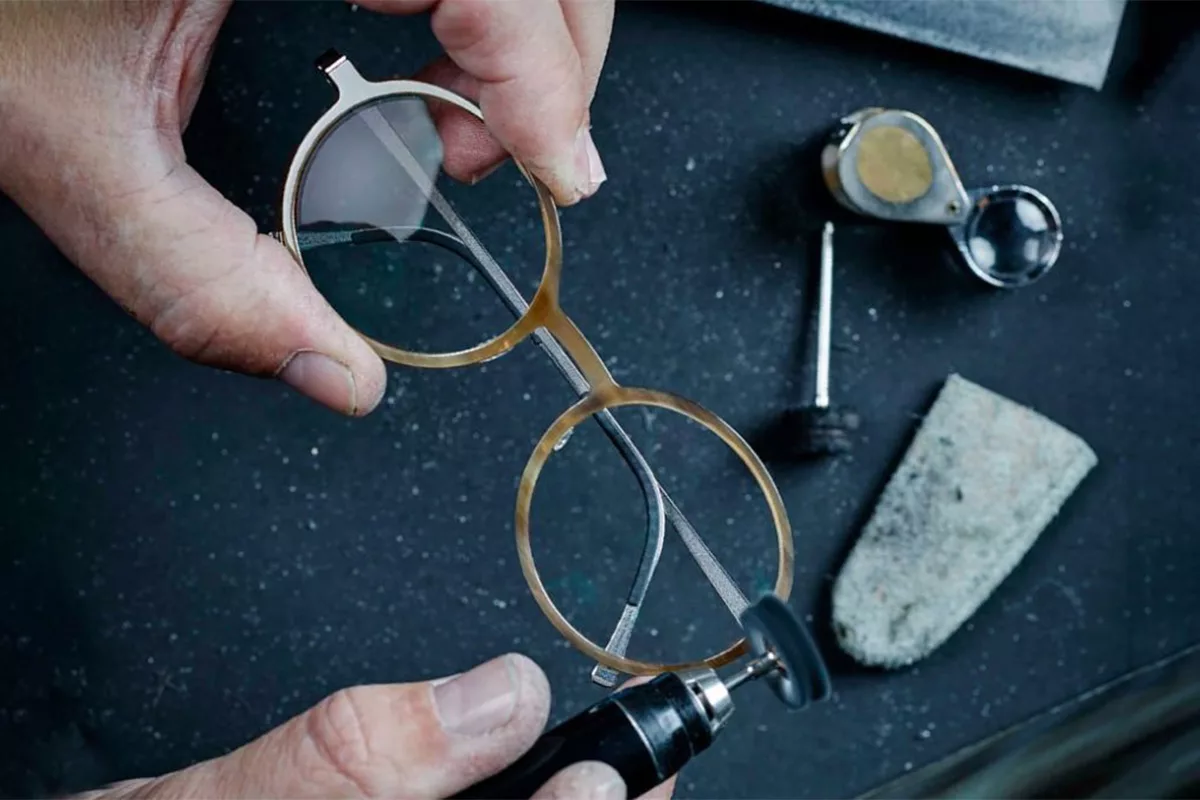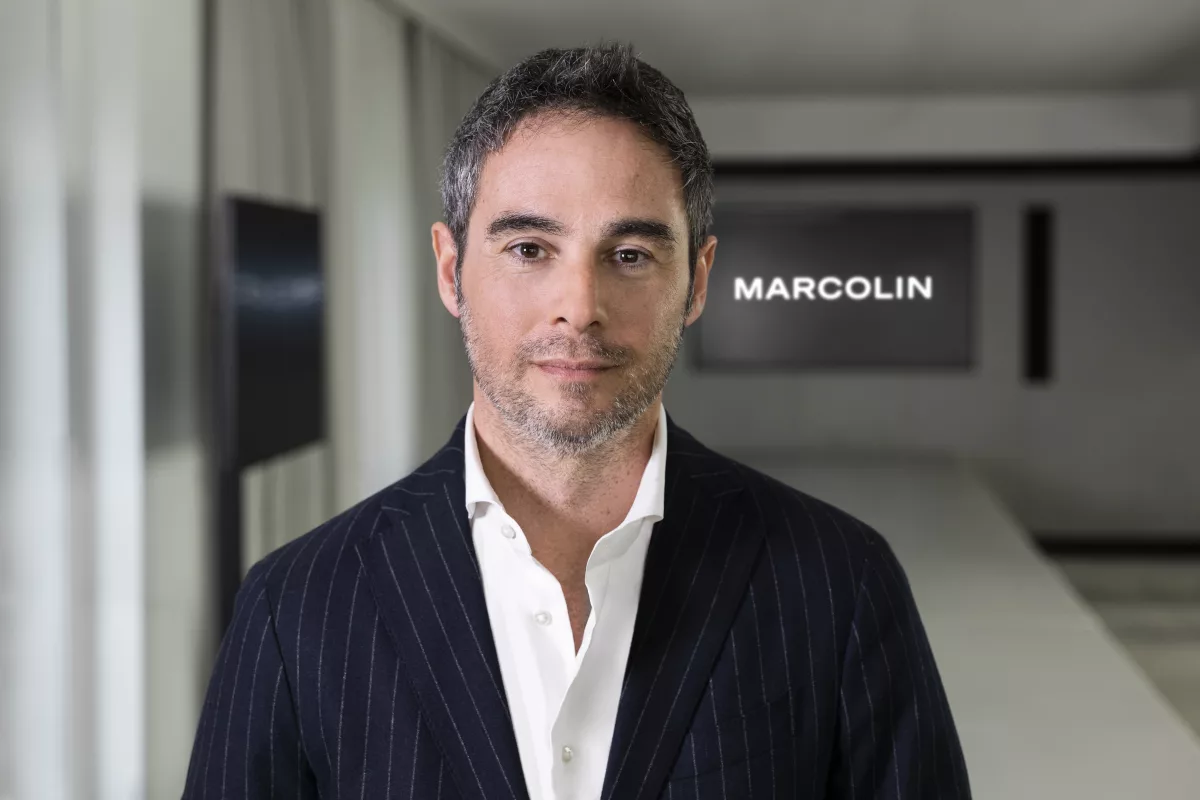Essilor International announces the launch of “2.5 New Vision Generation” as part of its inclusive business strategy. This division will pioneer profitable business models in emerging countries to bring good vision to the people in need.
Hubert Sagnières, Chairman and CEO of the Essilor Group, declared: “Pushing the boundaries of accessibility to good vision is a challenge that our inclusive business strategy aims to meet. It is part of our unique mission to develop pioneering business  models that can change the lives of people who need to see better to live better.”
models that can change the lives of people who need to see better to live better.”
Jayanth Bhuvaraghan, Essilor Chief Corporate Mission Officer, explains: “Essilor has been running numerous social initiatives to fight poor vision around the world. These include mobile refraction vans in India, vision examinations for children in the USA through the Essilor Vision Foundation, vision screenings in major Chinese towns and the Optique Solidaire association in France. The launch of this new division will give an added impetus to our mission“.
India’s Eye Mitra: A potential of 2.5 million people by 2016
India is one of the first countries to implement these new business models on a large scale. The signature last March of a partnership with B-Able, a local skill development agency, marked the launch of the Eye-Mitra programme (Eye Mitra means “Friend of the Eyes”). It aims at bringing vision care to the doorstep of people in rural and semi urban areas thanks to the development of local microenterprises by unemployed villagers.
Young entrepreneurs joining the programme are trained and equipped so they can start their own business, performing basic vision testing and spectacle dispensing in their outlets. They also conduct mobile “eye- camps” with the support of Essilor and a B-Able. The goal is to train more than 2200 Eye Mitra in the next 3 years. This will lead to equipping 2.5 million new spectacle wearers by 2016 and 7 million by 2020.
Today, in India, 550 million people need vision correction. The total productivity loss due to uncorrected vision is estimated to be 37 billion US$ per annum.
Scalable solutions fuelled by successful pilot models
Several business models are currently being implemented in India, China and Brazil and could soon reach a broader scope. These business models are based on new channels that enable the uncorrected population to meet eye care practitioners who offer vision testing as well as simple and affordable products.
In China, the models target the rural population as well as the employees of manufacturing companies. In Brazil, the models focus also on urban poor people.












